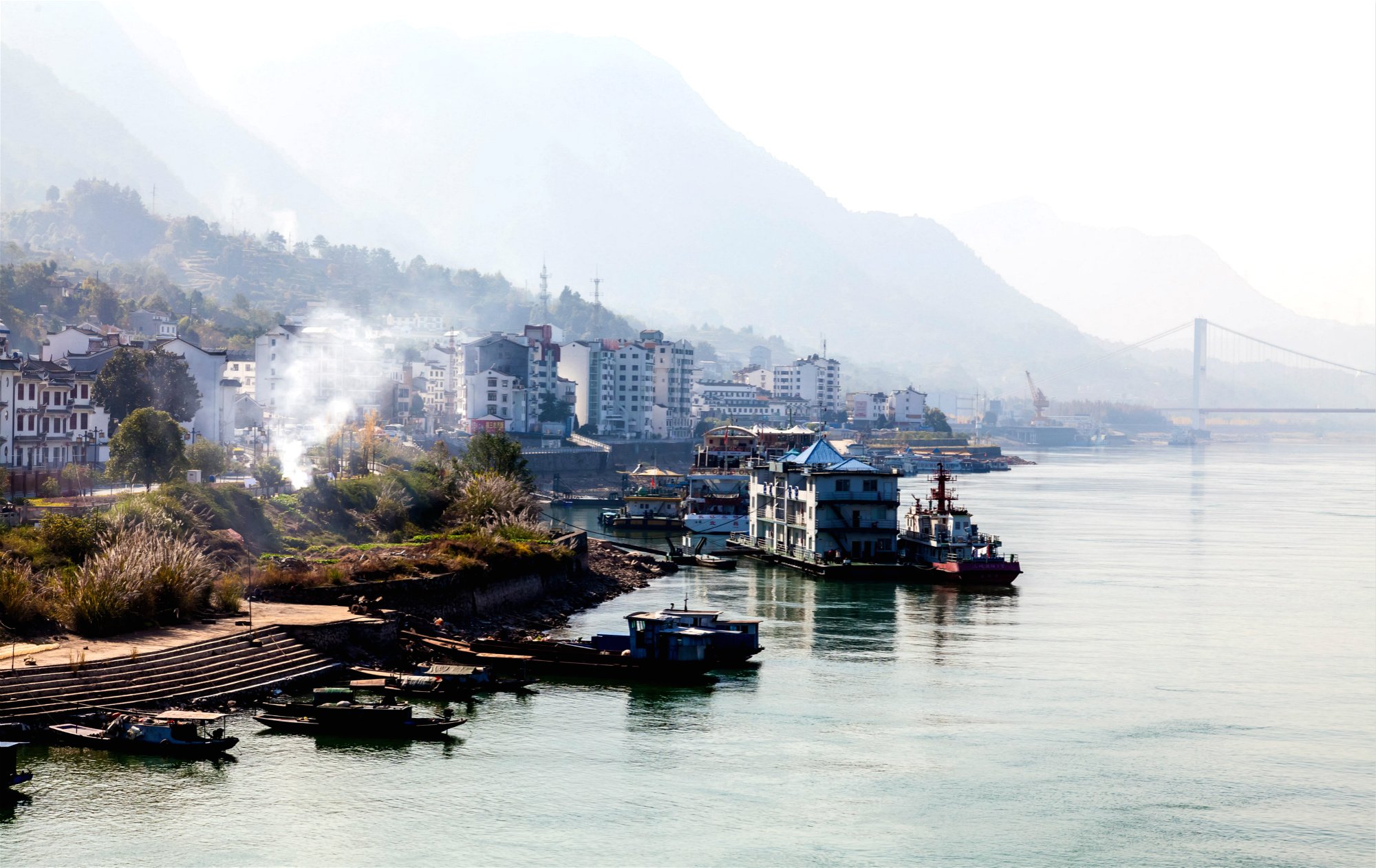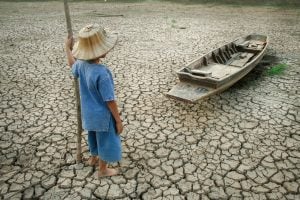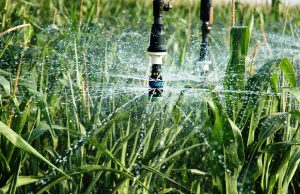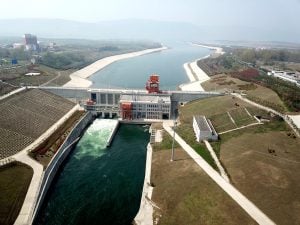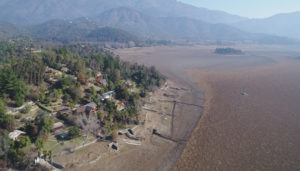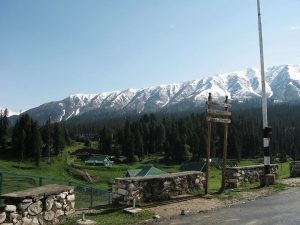The Yangtze river basin is often thought of as having plenty of water. One of China’s “mother rivers”, the Yangtze accounts for more than a third of all the water flowing through Chinese rivers.
But the latest report from China Water Risk finds that provinces the Yangtze runs through are facing water stress – especially those downstream.
Thirst on the banks of the Yangtze
The report shows that six of the 11 provinces on the Yangtze river economic belt (YREB) are water stressed. Those six provinces account for one-third of China’s population and GDP. Shanghai and Jiangsu are facing “extremely high” baseline water stress, with agriculture, industry and services consuming 90% or more of usable water in an average year, according to data from the World Resources Institute quoted in the report. The other four provinces – Anhui, Zhejiang, Hubei and Sichuan – are facing “high” levels of water stress, consuming 40% or more of usable water in an average year.
These provinces lie on the Yangtze and have a network of other rivers to rely on. So why the water stress?
Water shortages in the YREB are mainly due to pollution, explained Peng Yingdeng, a researcher with the State Urban Pollution Control Technology Institute. There is plenty of water, but a significant portion is contaminated by industrial effluent and the dumping or poor handling of pollutants.
In Shanghai, where water stress is “extremely high”, the share of surface water monitoring sections registering water quality Grade V+ (unusable for any purposes) was 18% as of July 2017. That figure is generally under 6% elsewhere in the YREB. The problem may be due to how Shanghai uses its water. According to the report, industry accounts for 60% of the city’s total water consumption, the highest in the YREB, and emissions of wastewater per head are also highest.
The Yangtze: from development to conservation
Three years ago, the government decided to shift management of the Yangtze from development to conservation. In early 2016, speaking at a meeting in Chongqing on growth in the YREB, President Xi Jinping called for “joint efforts to protect, not develop”.
Government ministries followed up with plans and targets, setting a 2020 cap for total water consumption in the YREB. An environmental protection strategy published early this year also set requirements for water quality: by the end of 2020, 85% of sections of the river managed by central government must reach good quality (Grade III or above), with no more than 2% of these sections to be of unusable quality (below Grade V).
The Yangtze was seen as a resource by provinces so development along its banks was encouraged but this approach is being replaced with efforts to protect the river, tackle water pollution and restore the environment. For example, in 1999 Jiangsu published an overarching strategy for “development and utilisation” up to 2020, designed to ensure “reasonable and effective use of the resources of the Yangtze riverbank to serve development of the province into the new century”. But in June this year, in response to the call for more protection, the province published an action plan to put protection and restoration before development.
Complex causes
Relieving water stress along the Yangtze won’t be easy because the causes are complex. Water quality issues arise primarily from industrial emissions, with 52.3% of polluted water traceable back to industry, according to a bulletin from the Yangtze Water Resources Commission. Industrial pollution is worst in Hubei and Jiangxi. Peng Yingdeng found that the two provinces accounted for almost 50% of a total 1,300 cases during a crackdown on hazardous waste last year. Most of these were due to illegal and unsafe handling of toxic waste by local chemical plants, which directly or indirectly resulted in pollution of water downstream.
Inefficient use of water is exacerbating the crisis. Despite efforts to shift China towards a service-based economy, it still lags behind developed nations, with both agriculture and industry using huge quantities of water. World Bank data from 2013 shows China used 1,340 cubic metres of water per US$10,000 of GDP. That’s better than other countries at a comparable level of development, such as Russia and Thailand (2,953 and 7,099 cubic metres respectively), but far off the developed-nation figure of 367 cubic metres. Provinces along the Yangtze have set 2020 water intensity targets, but as the report points out, the 2017 figures – the latest available – indicate that none will be met.
An inability to fully treat polluted water is also a problem. Six per cent of cities and towns in the YREB do not treat waste water, even though together they produce as much as the Philippines. Reuse is also low. Jiangsu is the only province to reuse more than 10% of its waste water, and seven provinces use less than 5%.
Where will the river flow?
China is pushing ahead with a Yangtze River Protection Law, due to be submitted to the National People’s Congress Standing Committee by the end of the year. Peng Yingdeng says this will provide legislative backing for river protection, strengthen coordination between upstream and downstream regions, and encourage intensified efforts where necessary. It will also put in place mechanisms to ensure protection is sustained.
But management remains a challenge. Peng pointed out “a few signs of progress” on the water quality and consumption targets set by ministries but noted difficulties. Eighty per cent of the targets may be within reach, but less-developed provinces where infrastructure and government capacities are lacking may hold others back. There will be no quick fixes.
Peng thinks the biggest problem facing the YREB is an overall weakness of governance. Failings in hard and soft infrastructure cannot be solved overnight. “Fundamental changes will take 5-10 years,” he said.
